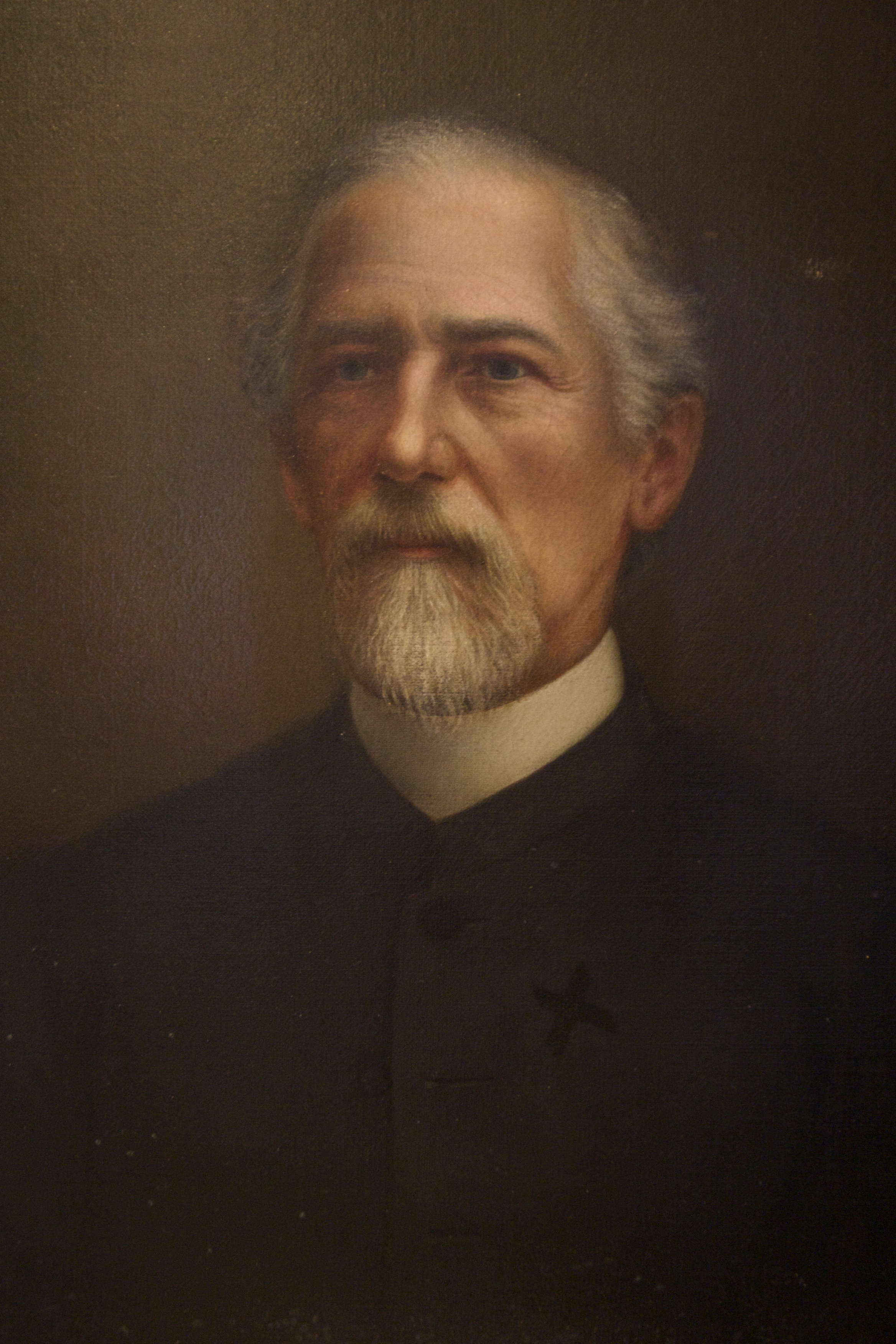Building a learning community upon Dr. Porter’s motto of WATCH
 Over time, the school became an all-boys military academy and in 1874, it became known as the Porter Military Academy (PMA). In 1879, the school moved from the site of the Church of the Holy Communion onto the grounds of the old Federal Arsenal in downtown Charleston, now home to the Medical University of South Carolina (MUSC). PMA kept its strong Episcopal identity by continuing to welcome students of diverse faiths, transforming an artillery shed into St. Timothy’s Chapel (now St. Luke’s Chapel), and building its learning community upon Dr. Porter’s motto of WATCH – Words, Actions, Thoughts, Character, and Habits – and the values of faith, honor, and knowledge.
Over time, the school became an all-boys military academy and in 1874, it became known as the Porter Military Academy (PMA). In 1879, the school moved from the site of the Church of the Holy Communion onto the grounds of the old Federal Arsenal in downtown Charleston, now home to the Medical University of South Carolina (MUSC). PMA kept its strong Episcopal identity by continuing to welcome students of diverse faiths, transforming an artillery shed into St. Timothy’s Chapel (now St. Luke’s Chapel), and building its learning community upon Dr. Porter’s motto of WATCH – Words, Actions, Thoughts, Character, and Habits – and the values of faith, honor, and knowledge.
Dr. Porter died in 1902. In 1964, the PMA trustees merged PMA with the Gaud School and the Watt School, creating the current Porter-Gaud School. The school sold its campus to MUSC and moved to its current location on the banks of the Ashley River. During the 1967-68 school year, Porter-Gaud integrated when Richard Holmes became the first African-American student enrolled, and in the 1972-73 school year, welcomed its first female students.
In 2008, Porter-Gaud expanded through its acquisition of the O’Quinn School, which serves preschool students from age two through kindergarten on two campuses. Since then, Porter-Gaud has grown and evolved with new buildings, programs, and offerings, all while continuing to educate students in the Episcopal tradition that values the inherent worth and dignity of all members of its learning community.
A visual timeline of Porter-Gaud's History
Interesting pieces of history